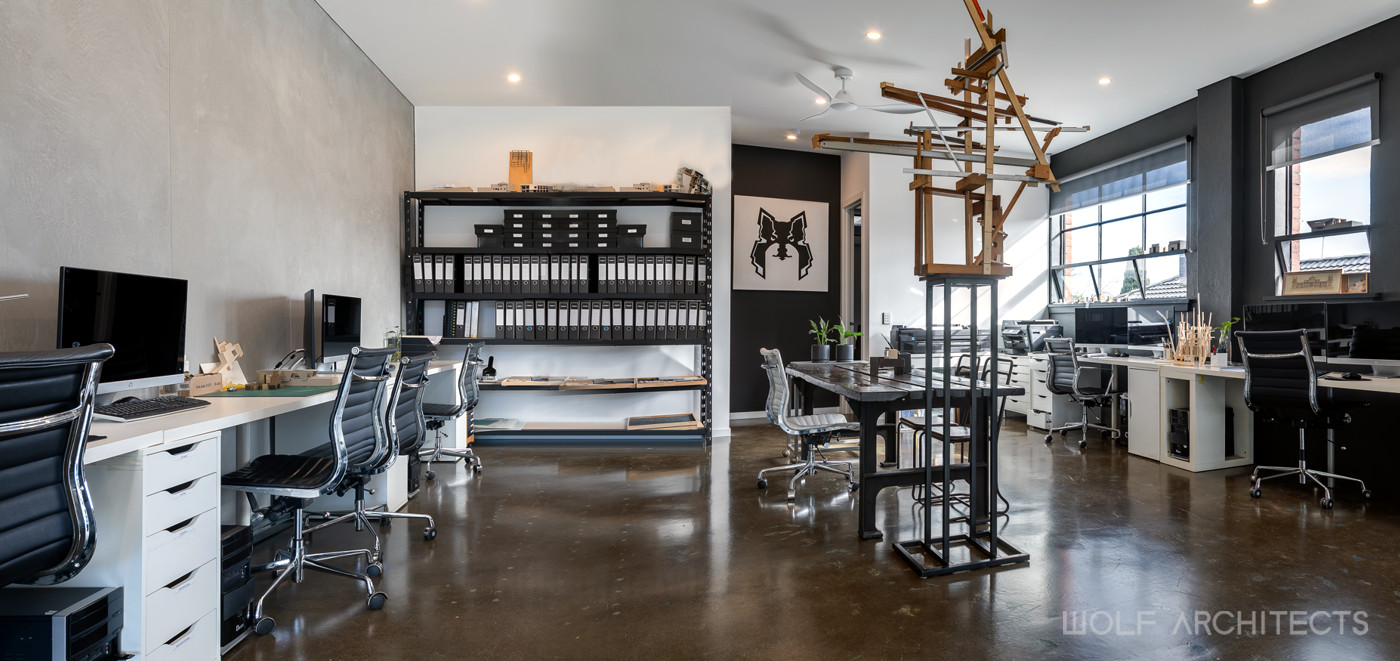Variation is not an ugly word… necessarily.
Variation is essentially a change- and change is often hard. Expectation these days in many industries and in our personal lives is that we get things right the first time. In reality, to achieve anything unique or special requires the desire for change.
In the building industry the word variation, also known as the “V” word, has a negative connotation because everyone assumes it is due to a mistake. Building owners and developers hate the “V” word as they fear any cost increases, builders dislike it because it causes time delays, and architects despise it as they often take the blame.
The process of creating a new building is both lengthy and highly complex. Architecturally designed projects take this further because the product is bespoke and customised to the client. Variations are a normal part of the building process, what makes them ugly is the expectation that they should never exist or are the result of a mistake.
Variations for an architect can be considered in three groups; Unforeseen, improvements, and incompetence.
The unforeseen variations are the hardest to avoid, which is why they are called unforeseen. As unlikely as it may seem, building codes and regulations can change halfway through a design stage and create variations. Town planning can be fraught with unknowns. Planners come and go in the middle of a project and the new planner will have different views to the previous one, resulting in variations. Whilst architects, engineers and builders must all work together and coordinate, their roles are very different and can’t always find the perfect synergy. On large or complex projects there will be structural or design elements that just don’t work in reality as they seemed to on paper or in theory, and when that happens a variation is needed. It’s rarely a major problem but can result in a time delay, cost increases or both.
Improving a design continuously can also trigger variations. As with many architects, the design rarely finishes when documentation begins. Design can be endlessly improved and it’s often a matter of abandoning new ideas to meet deadlines. When it comes to a dream home, the emotional value of getting the design right is very high and clients will often continue to push for the best at every juncture. New products entering the market such as bathtubs or lighting pendants can inspire new ideas. Technology continues to take quantum leaps in this industry and often requires running adjustments. At WOLF Architects these design improvement variations exist for all projects and are part and parcel with achieving the best end product.
The third kind of variation is as a result of incompetence. It is the worst type and is often a result of carelessness. As humans we are not perfect but a careless error can be a costly one. That is when it pays to use architects with consultants that are highly skilled, experienced and who genuinely care. At WOLF Architects we are passionate, hardworking and pay attention to our work and the needs of our clients. “Carelessness” is our ugly word and there are processes in place to check and re-check everything, keeping variations to a minimum.
When a variation does occur, the most important thing is having the best team approach to address it. Blaming the engineer or architect is never the answer and only prevents each party from working effectively together towards a good solution. Good creative thinking can often turn a problem into an opportunity generating an even better design.
WOLF variations tend to be triggered by wanting the best end result. Our projects are original and custom designed for each client, so it’s almost impossible to turn the process into an exact science. Good architecture like anything good in life takes a little more of everything. More time, effort, skill, experience, knowledge, wisdom and sometimes greater tolerance and patience.
All projects should have an allowance and contingency in place for variations. Unforeseen situations in large or complex builds do happen, and it’s only natural for someone wanting a home masterpiece to be pushing new ideas well into documentation or even construction stages. As long as the client is educated on these situations from the beginning there is no need for panic when the “V” word arises.


0 Comments